Decanoic acid

Decanoic acid structure
|
Common Name | Decanoic acid | ||
|---|---|---|---|---|
| CAS Number | 334-48-5 | Molecular Weight | 172.265 | |
| Density | 0.9±0.1 g/cm3 | Boiling Point | 269.6±3.0 °C at 760 mmHg | |
| Molecular Formula | C10H20O2 | Melting Point | 27-32 °C(lit.) | |
| MSDS | Chinese USA | Flash Point | 121.8±11.9 °C | |
| Symbol |

GHS07 |
Signal Word | Warning | |
Use of Decanoic acidDecanoic acid belongs to the class of organic compounds known as medium-chain fatty acids. |
| Name | decanoic acid |
|---|---|
| Synonym | More Synonyms |
| Description | Decanoic acid belongs to the class of organic compounds known as medium-chain fatty acids. |
|---|---|
| Related Catalog | |
| Target |
Human Endogenous Metabolite |
| References |
| Density | 0.9±0.1 g/cm3 |
|---|---|
| Boiling Point | 269.6±3.0 °C at 760 mmHg |
| Melting Point | 27-32 °C(lit.) |
| Molecular Formula | C10H20O2 |
| Molecular Weight | 172.265 |
| Flash Point | 121.8±11.9 °C |
| Exact Mass | 172.146332 |
| PSA | 37.30000 |
| LogP | 3.96 |
| Vapour Pressure | 0.0±0.6 mmHg at 25°C |
| Index of Refraction | 1.443 |
| Stability | Stable. Incompatible with bases, reducing agents, oxidizing agents. |
| Water Solubility | 0.15 g/L (20 º C) |
CHEMICAL IDENTIFICATION
HEALTH HAZARD DATAACUTE TOXICITY DATA
MUTATION DATA
|
| Symbol |

GHS07 |
|---|---|
| Signal Word | Warning |
| Hazard Statements | H315-H319-H335 |
| Precautionary Statements | P261-P305 + P351 + P338 |
| Personal Protective Equipment | dust mask type N95 (US);Eyeshields;Gloves |
| Hazard Codes | Xi:Irritant |
| Risk Phrases | R36/38 |
| Safety Phrases | S26-S36-S37/39 |
| RIDADR | NONH for all modes of transport |
| WGK Germany | 1 |
| RTECS | HD9100000 |
| HS Code | 2916399090 |
| Precursor 10 | |
|---|---|
| DownStream 10 | |
| HS Code | 2915900090 |
|---|---|
| Summary | 2915900090 other saturated acyclic monocarboxylic acids and their anhydrides, halides, peroxides and peroxyacids; their halogenated, sulphonated, nitrated or nitrosated derivatives VAT:17.0% Tax rebate rate:9.0% Supervision conditions:AB(certificate of inspection for goods inward,certificate of inspection for goods outward) MFN tariff:5.5% General tariff:30.0% |
|
Combined effects of nutrients and temperature on the production of fermentative aromas by Saccharomyces cerevisiae during wine fermentation.
Appl. Microbiol. Biotechnol. 99(5) , 2291-304, (2015) Volatile compounds produced by yeast during fermentation greatly influence the organoleptic qualities of wine. We developed a model to predict the combined effects of initial nitrogen and phytosterol ... |
|
|
Differential expression of small RNAs under chemical stress and fed-batch fermentation in E. coli.
BMC Genomics 16 , 1051, (2015) Bacterial small RNAs (sRNAs) are recognized as posttranscriptional regulators involved in the control of bacterial lifestyle and adaptation to stressful conditions. Although chemical stress due to the... |
|
|
Physiology and pathophysiology of organic acids in cerebrospinal fluid.
J. Inherit. Metab. Dis. 16(4) , 648-69, (1993) Concentrations of organic acids in cerebrospinal fluid (CSF) appear to be directly dependent upon their rate of production in the brain. There is evidence that the net release of short-chain monocarbo... |
| caprinic acid |
| n-decanoic acid |
| Decanoic acid |
| Capric Acid |
| n-Decylic acid |
| Dolichol-14 |
| 1-Nonanecarbo |
| n-Decoic acid |
| MFCD00004441 |
| caprolic acid |
| octane-1-acetic acid |
| 1-NONANECARBOXYLIC ACID |
| 1-decanoic acid |
| n-Capric acid |
| EINECS 206-376-4 |
| C10:0 |
| Cappaprenol-14 |
 CAS#:112-30-1
CAS#:112-30-1 CAS#:25276-80-6
CAS#:25276-80-6 CAS#:35192-73-5
CAS#:35192-73-5 CAS#:201230-82-2
CAS#:201230-82-2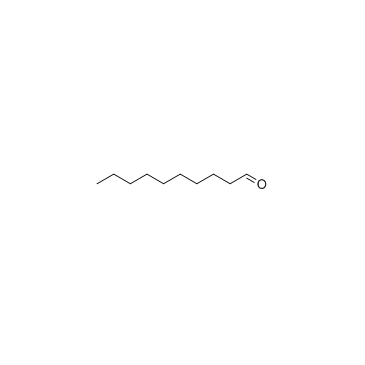 CAS#:112-31-2
CAS#:112-31-2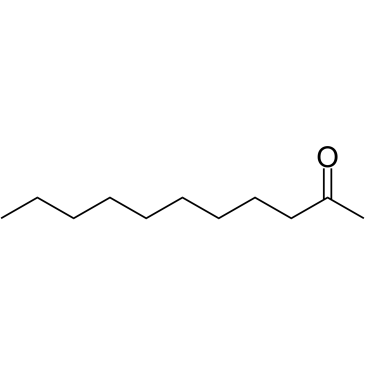 CAS#:112-12-9
CAS#:112-12-9 CAS#:16000-65-0
CAS#:16000-65-0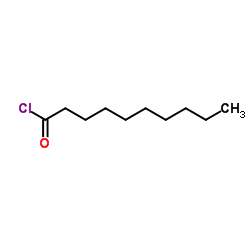 CAS#:112-13-0
CAS#:112-13-0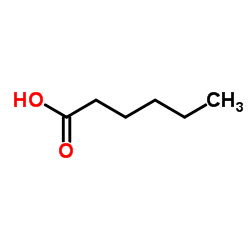 CAS#:142-62-1
CAS#:142-62-1 CAS#:1309603-58-4
CAS#:1309603-58-4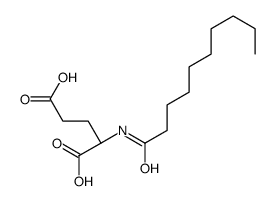 CAS#:111276-71-2
CAS#:111276-71-2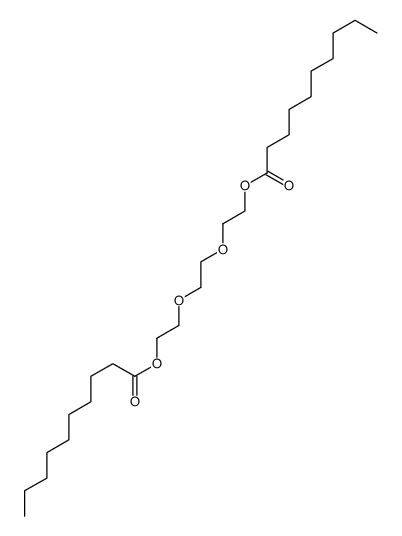 CAS#:10024-58-5
CAS#:10024-58-5 CAS#:1116-12-7
CAS#:1116-12-7 CAS#:110232-46-7
CAS#:110232-46-7 CAS#:1422-26-0
CAS#:1422-26-0 CAS#:4144-60-9
CAS#:4144-60-9 CAS#:35383-65-4
CAS#:35383-65-4 CAS#:3006-51-7
CAS#:3006-51-7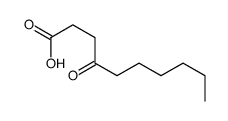 CAS#:4144-54-1
CAS#:4144-54-1 CAS#:624-01-1
CAS#:624-01-1
